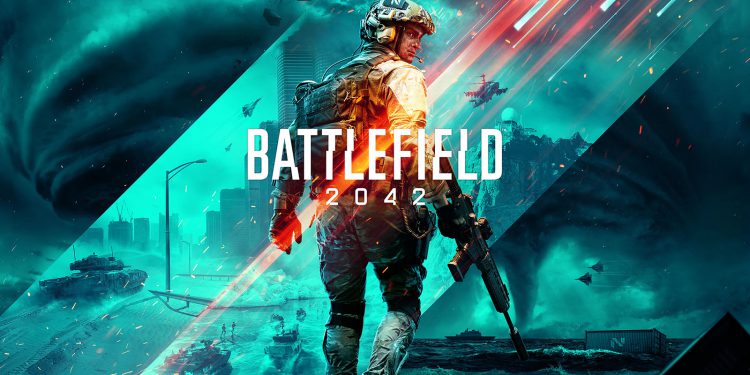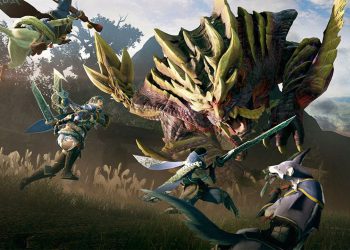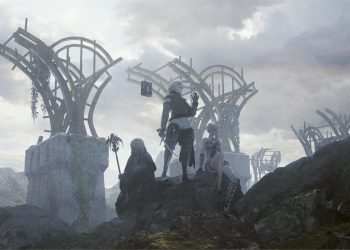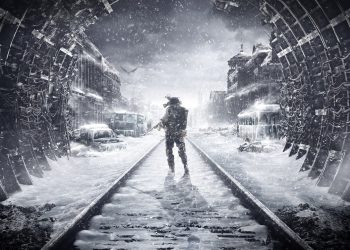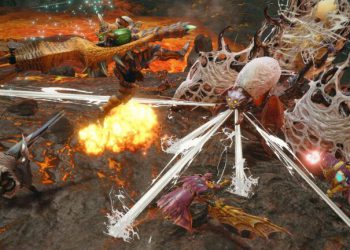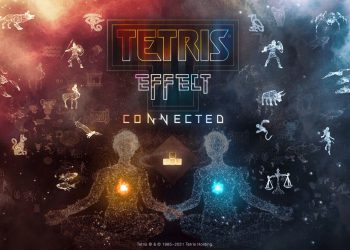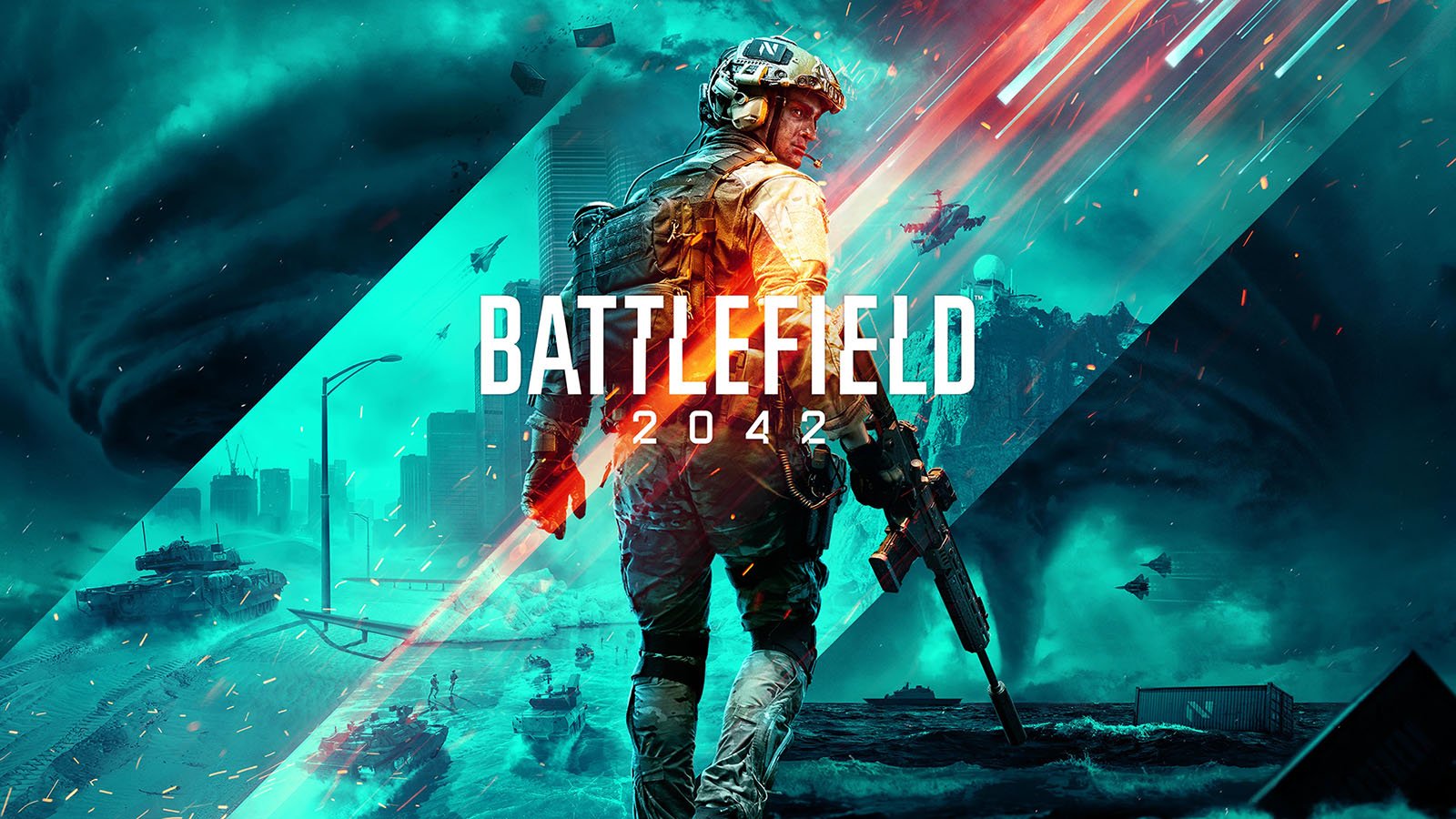
As all long-running FPS franchises have, Battlefield has covered basically each time period possible. From humble WWII beginnings to futuristic frontlines towards the jungles of Vietnam, Battlefield has seen everything. Battlefield 2042 returns the series to some futuristic setting, even though it’s not as remote as Battlefield 2142, it’s still far enough to match plenty of unique gear to boost players’ loadouts. While 2042 looks forward using its tech and equipment, it appears to its roots to produce probably the most compelling Battlefield experiences to date. It’s not without its faults though, and a lack of content at launch hurts the knowledge overall. Still, 2042 seems like a game title specifically made for Battlefield fans, and DICE’s love for the series shines throughout all of its three core pillars.
All-Out Warfare
Multiplayer is the centerpiece of any Battlefield game, which is particularly true this time around since 2042 is lacking a single-player campaign entirely. Thankfully, 2042’s multiplayer offering is stellar and also the single-player campaign won't be missed. Battlefield 1 and Battlefield 5 felt like these were taking the series in a different direction, but Battlefield 2042 seems like coming back to create for the franchise, hearkening back to the fan-favorite Battlefield 3 and 4. That classic Battlefield chaos is back.

Planes flying overhead, vehicles exploding in the distance, squads storming buildings, it feels like an energetic warzone when things get heated and the fighting centralizes on one point. The maximum player count has been doubled from 64 to 128 as well (on next-gen consoles and PC), which further contributes to the experience. Maps are bigger than ever and today feature dynamic weather, including a massive tornado that can appear on the majority of the maps and sweep up players and vehicles alike. There’s always something going on, which helps keep matches exciting.
Battlefield 2042 forgoes classes in favor of Specialists, unique characters with special abilities. Anyone can equip healing items, ammo boxes, or any support items in the game regardless of who you decide to play as. At first, this seemed like an unusual decision, but it opens up a new layer of strategy when it comes to squad composition. You and your allies can enjoy more fluid roles rather than being locked into one of four archetypes, and nobody is forced to experience a class they don’t enjoy just because the team needs one.
The Specialists themselves are also surprisingly useful. Each of their unique abilities brings something interesting towards the table. Irish are able to place down deployable shields, protecting players from enemy fire while traversing wide-open areas. Maria can heal allies from afar having a ranged healing syringe. Dozer has a riot shield that can help your team breach buildings and push forward toward objectives. Some Specialists are better than others, however the seemingly useless characters can change to be essential squadmates in other modes like Hazard Zone (more on that later).
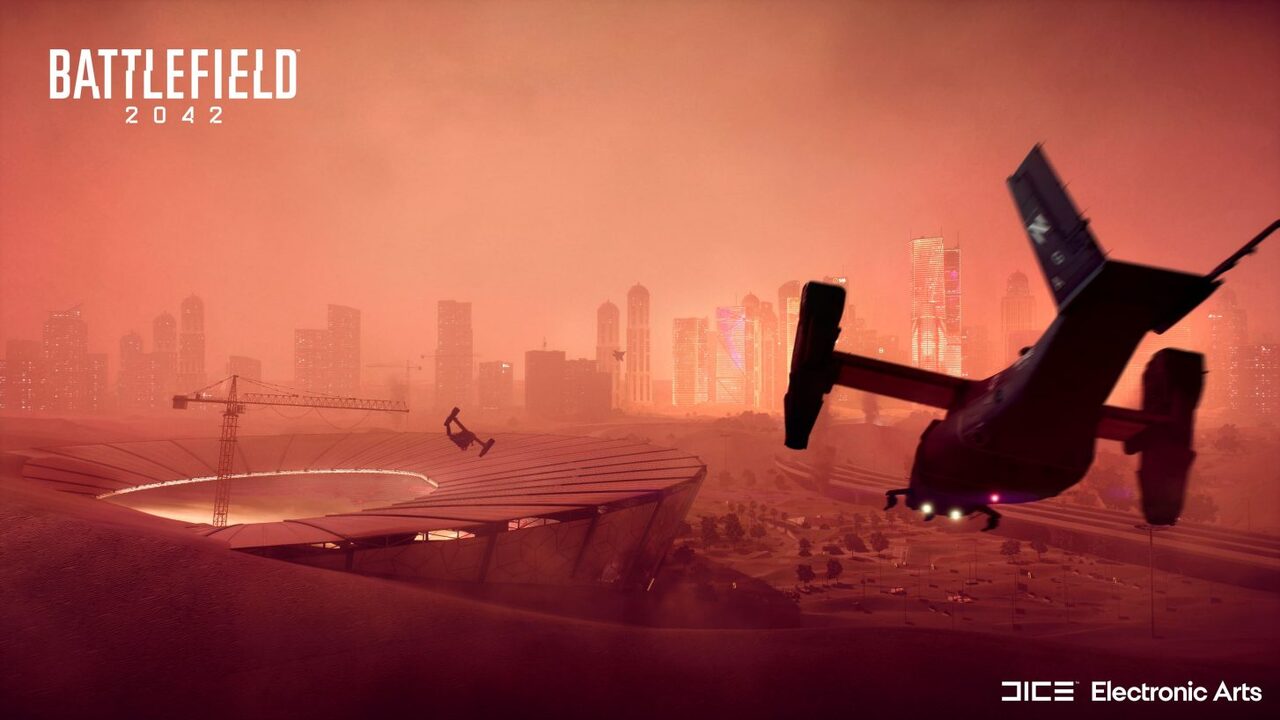
Conquest and Breakthrough are the two main modes in multiplayer, and you may play each of them across 7 maps. Conquest may be the classic Battlefield mode, but there are several major changes this time around. Since 2042’s maps are so large, traditional flags are substituted with Sectors, that are comprised of multiple flags. To control a sector, you have to control all of the flags in the area. This creates multiple hotspots in every map, essentially which makes them seem like a lot of smaller multiplayer maps smashed together. DICE calls this design philosophy “clustering,” and that’s an apt description.
There are just 7 maps in multiplayer though, so things can start to feel repetitive once you’ve spent a couple of hours familiarizing yourself with them. There’s only a lot that size can perform to alleviate repetition. The overall weapon pool is very small too. You’ll be killed again and again by the same assault rifle, the same SMG, and also the same rifle forum. There aren’t that many attachments, either, so there’s little when it comes to weapon customization.
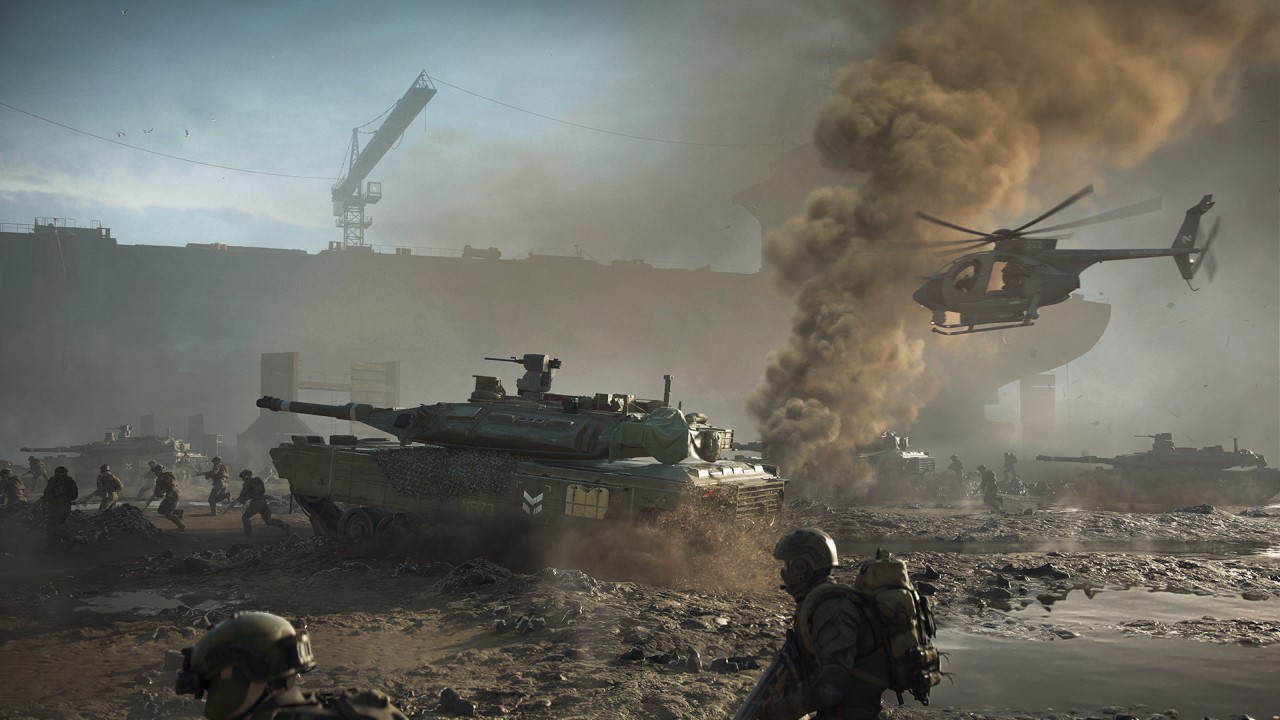
The game comprises for its small weapon and attachment pool with a brand new feature called the Plus System, that allows players to dynamically adjust weapon attachments on the fly. You can swap to some long-range scope and high-powered ammo to take down an enemy from afar and then change to a red dot sight as well as an extended magazine while you charge into a building. Initially, the Plus System seems like a novelty, but its strengths be apparent while you spend more time with the sport and really start to build relationships it.
Very rarely can you just stick to one preset loadout. The maps are large and dynamic enough that you’ll get caught unexpectedly frequently, so swapping attachments is a must. Plus, each attachment has drawbacks, so you’ll need to swap backwards and forwards depending on the situation. A muzzle brake will reduce horizontal recoil but increase vertical recoil, for instance, making long-range shots harder to hit. You can swap to a compensator, but that has the alternative impact on recoil. Every attachment swap is really a cost-benefit analysis, and it goes quite a distance to keep you engaged while you change from firefight to firefight.
Battlefield 2042’s multiplayer offering feels great to experience. The weapons are satisfying to shoot, the maps are beautiful, and there’s nonstop action before the score limit is reached. The little map pool is a bit disappointing though, especially since some of them aren’t as great as the rest, and it’s a shame that the overall arsenal is so limited given the game’s futuristic setting. Still, Battlefield 2042 comprises for this in the other two modes, that offer a large amount of content over the traditional multiplayer modes.

Hazard Zone
Hazard Zone is among the flagship features for Battlefield 2042. It’s a high-stakes mode where squads of four drop right into a multiplayer map tasked with securing data drives from fallen satellites. After collecting the drives, players must extract from the area at 1 of 2 preset extraction points. These come at set points during the match, and each extraction point are only able to be used by one squad. Along with all that, you simply have one life.
Data drives and successful extractions reward you having a special currency called Dark Market Credits, which can be spent on weapons and equipment in the following match. Should you don’t have Credits, you’ll have to go in with a fundamental free weapon without any attachments and also you won’t have the ability to buy upgrades or gear. Spending Credits will get you better gear, increasing your chances of which makes it out alive, but there’s even the possibility that you’ll splurge on expensive equipment only to die before extracting.

The map can also be populated by AI enemies called Occupying Forces. Despite being bots, they actually put up a significant fight. They’re a real threat. They patrol in large groups and can actually use vehicles and equipment against you. Fighting together also provides your position, painting a huge target in your squad. However, they are able to feel a little unfair from time to time since their aim can be a little too good at times. Still, fighting the Occupying Forces is never frustrating. The bots seem like a throwaway feature in writing, but they do a lot to make Hazard Zone feel livelier.
It’s very clearly inspired by games like Escape From Tarkov, but Hazard Zone is a much faster-paced and much more casual take on the genre. There’s really not lots of risk though, and that’s the mode’s biggest weakness. You’re totally fine using the basic free loadout, and purchasable weapons and equipment aren't expensive in any way. After just a couple rounds of Hazard Zone, you’ll basically never have to be worried about Dark Market Credits again. The economy is vital in a mode like this, and unless DICE increases prices and makes people think twice about buying those armor plates or that rifle forum, Hazard Zone doesn’t have any stakes.
It’s unfortunate since the mode is incredibly exciting to experience. Coordinating together with your squad, choosing the right Specialists, and battling it out along with other squads in the extraction point is exhilarating, however the thrill quickly wears off once you realize that there’s no significant penalty to losing. That may be seen as an plus with a, but there are many other objective-based modes without stakes in Battlefield 2042 that you can play which are more enjoyable. The stakes are what make Hazard Zone unique. The stakes also diminish very quickly.
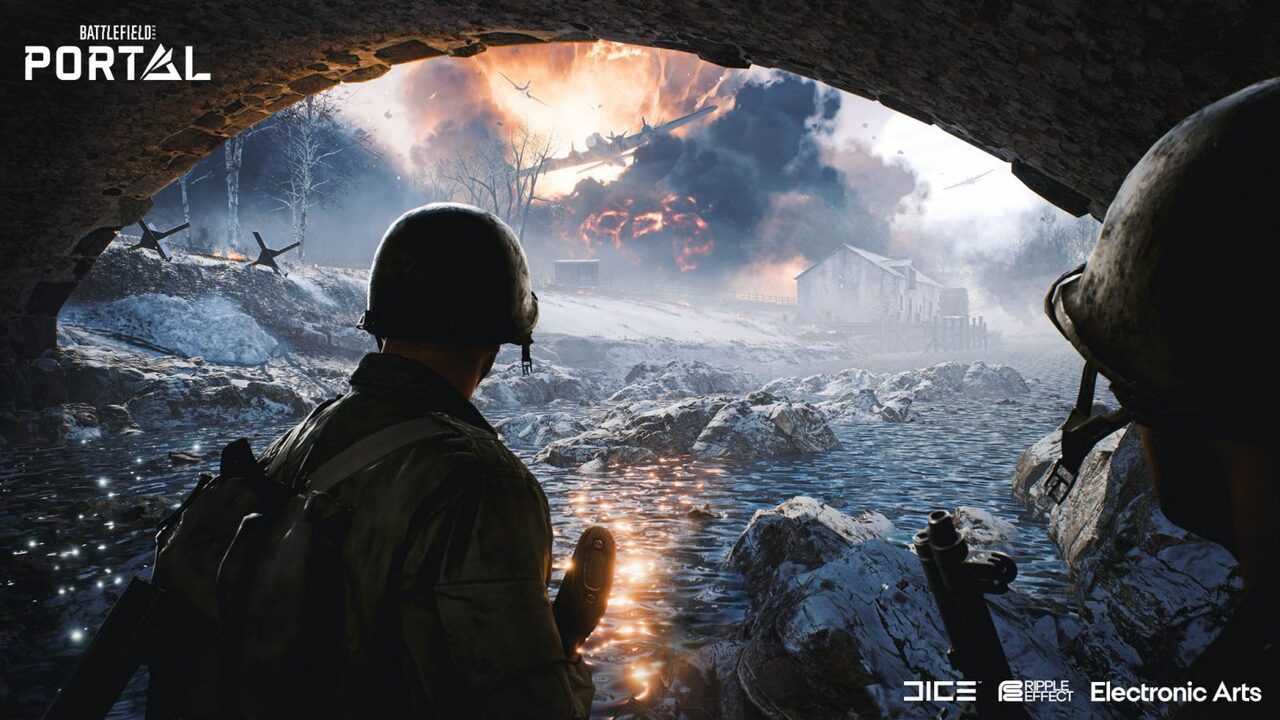
Battlefield Portal
Battlefield Portal is 2042’s third pillar, and it’s an assorted bag. Portal unlocks the toolbox and places it at the disposal of the city. People can create custom game modes using all of the assets from not only Battlefield 2042, but also Battlefield 1942, Battlefield Bad Company 2, and Battlefield 3. This can result in outlandish situations like a team of WWII soldiers facing off against a team designed with 2042’s futuristic weaponry or a match of knives versus defibrillators.
On paper, it is really an exciting prospect. Used, these modes seem like glorified custom games. Portal’s toolset doesn’t appear to be all that extensive right now. It’s difficult to judge a mode such as this at launch, but there has been other modes that afford players much more control. Fortnite Creative and Halo’s Forge mode come to mind. Portal is definitely an evolving game mode, however, so more content and tools will be added as time goes on. Hopefully, a roadmap editor or something like that comes sometime down the road.
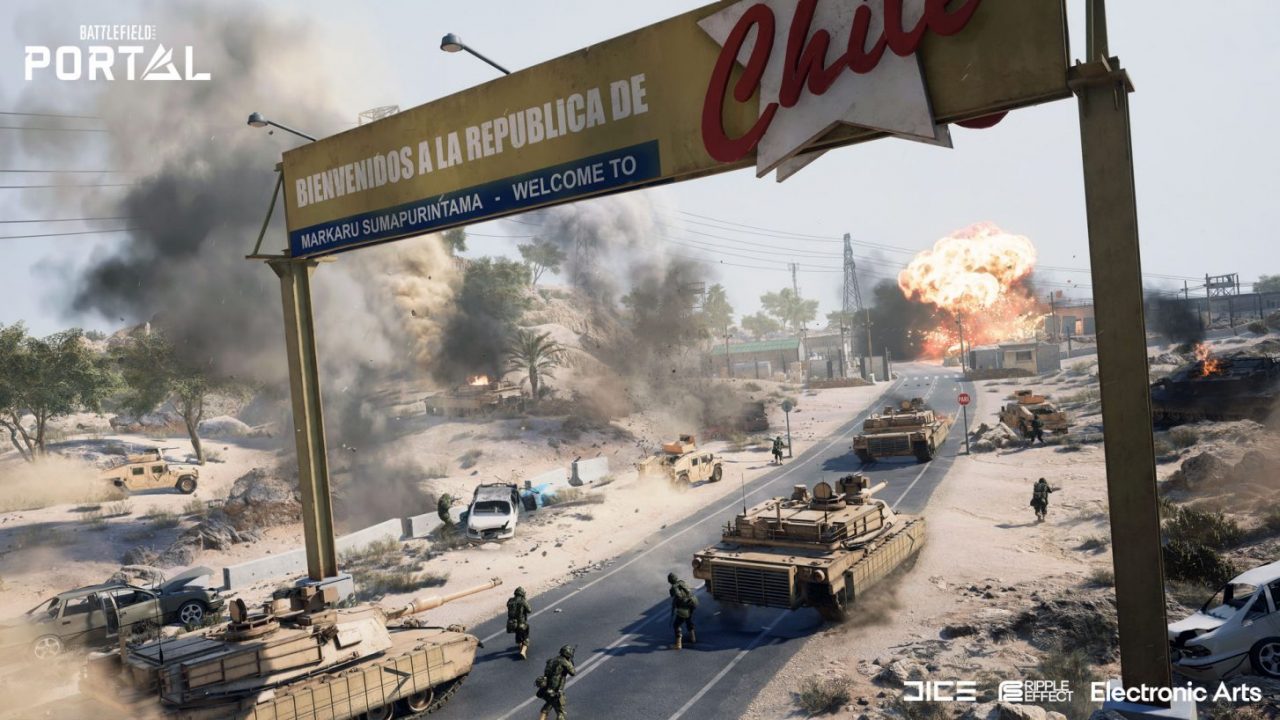
While the custom game modes aren’t all that exciting, Portal does have something else to offer. Although players use assets from other Battlefield games, however they may also play those other games just as these were within 2042. There are six classic maps rebuilt from the ground up. Two originate from Battlefield 1942, two originate from Bad Company 2, and two originate from Battlefield 3. Weapons, movement, and destruction are all exactly as they were within the original games. It’s the nearest thing we’re getting to Bad Company 2 Remastered for some time.
For example, you can run Rush on Valparaiso from Bad Company 2 with the original settings. Prone is disabled, you can’t strafe, and destruction is started up towards the max. You’re limited to the initial four classes, filled with their original looks, and weapon handling feels much like it did back in 2010. You have to the Battlefield 3 and 1942 maps. It seems like a portal towards the past, that is probably in which the name comes from.
Unfortunately, these maps are not within the standard multiplayer rotation, so you can only bet additional numbers them in Portal. Progression will thankfully still carry over, but there’s a tough divide between classic maps and also the 2042 maps. Since Portal will grow as time goes on, it’d be great to determine more maps from these three games put in the coming months. Maybe we're able to even get content from Battlefield 1, 4, or 5.
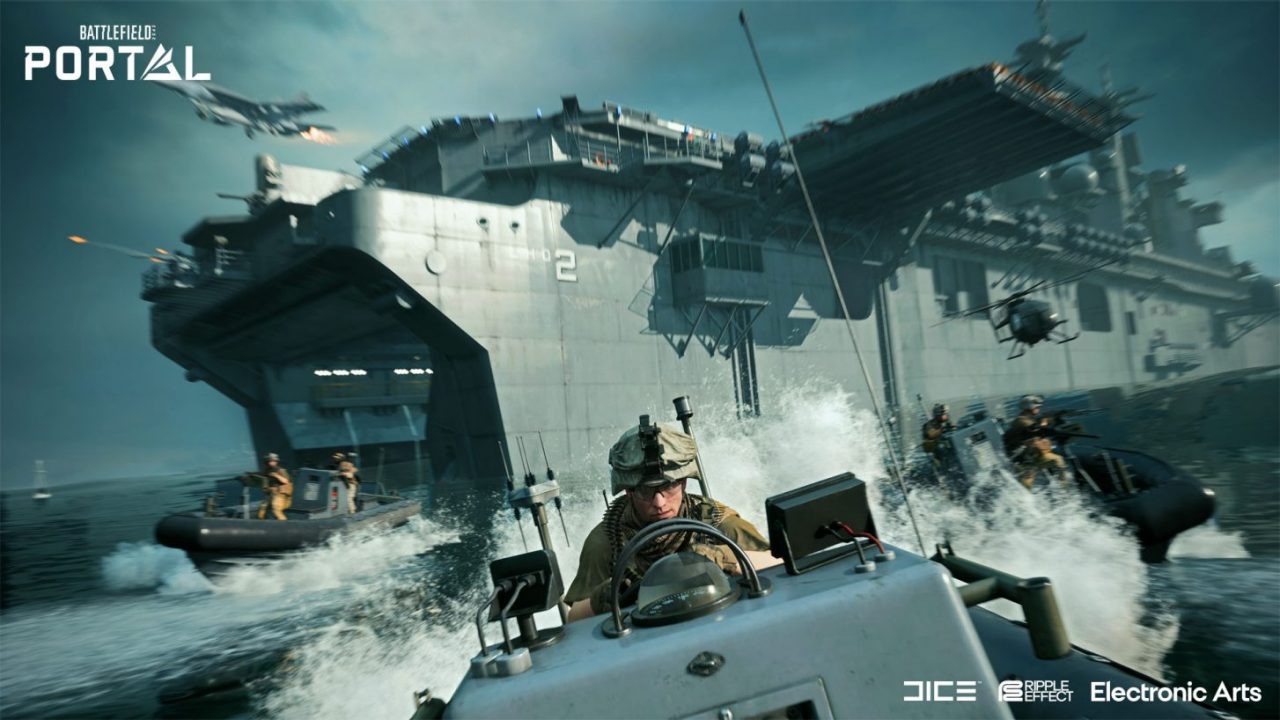
Portal has massive potential to be a Master Chief Collection style hub for that Battlefield series, but DICE will have to regularly add new maps to achieve an identical status. With simply two maps from each game, it currently feels a lot more like a novelty than a fully-fledged feature. If enough maps are added, though, Portal could eventually become a replacement for remasters. It’s that faithful towards the originals.
The Verdict
All in all, Battlefield 2042 feels just a little spread too thin. It’s clear that the lot of time went into multiplayer, Hazard Zone, and Portal, but that point might have been better spent really honing a couple of of these pillars rather than all three. Obviously, Battlefield 2042 is a live service and it is content can only grow in the months in the future, but as it stands right now, Hazard Zone and Portal feel a tad underwhelming. Still, Battlefield 2042 seems like a game title made especially for Battlefield fans. Multiplayer is fast-paced and chaotic, and while new modes like Hazard Zone and Portal really are a mixed bag, they offer a great reason for game to construct on going forward.


